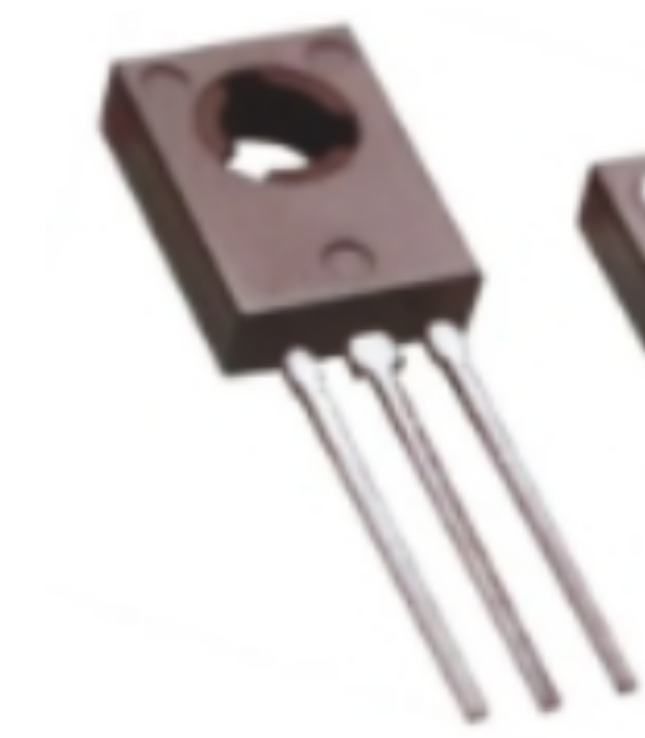Date:2025-06-25 Categories:Product knowledge Hits:316 From:Guangdong Youfeng Microelectronics Co., Ltd
6、 Testing:
1. Prepare equipment and instruments: A digital voltmeter, a constant current source, and a multimeter probe are required.
2. Connection circuit: Connect the anode of the phototransistor to the positive pole of the constant current source, and connect the cathode to the positive pole of the digital voltmeter.transistor
3. Setting current: By adjusting the current of the constant current source, the working state of the phototransistor can be changed. You can gradually increase the current and observe the reading on the digital voltmeter.transistor
4. Measure voltage: Use a multimeter probe to connect the negative terminal to the cathode of the phototransistor and the positive terminal to the anode, and read the voltage value.transistor
5. Analysis results: By observing the changes in voltage values, the working state and performance of the phototransistor can be determined. It should be noted that for the detection of silicon phototransistors, it is necessary to avoid exceeding their rated current and voltage to avoid damaging the device.transistor
7、 Selection:
When selecting a silicon phototransistor, the following factors need to be considered:
1. Photocurrent gain: Choose the appropriate photocurrent gain according to application requirements. Generally speaking, the larger the photocurrent gain, the larger the output photocurrent signal. For applications that require high photosensitivity, devices with larger photocurrent gain can be selected.transistor
2. Wavelength response range: Choose the appropriate wavelength response range according to the application needs. Different silicon phototransistors have varying degrees of response to light sources of different wavelengths, and appropriate devices need to be selected based on the wavelength of the light source in the application.transistor
3. Packaging form: Choose the appropriate packaging form according to the space limitations and installation requirements of the application. There are multiple packaging forms available for silicon phototransistors, such as TO-18, TO-92, SMD, etc.transistor
4. Performance indicators: Select appropriate performance indicators for silicon phototransistors based on application requirements, such as response speed, dark current, linear range, etc. Different applications have different requirements for these performance indicators, which need to be selected according to specific needs.transistor
8、 Development history:
The development history of silicon phototransistors can be traced back to the 1950s. With the advancement of semiconductor technology, the performance of silicon phototransistors continues to improve, and their application fields are also expanding. At present, silicon phototransistors have been widely used in fields such as photoelectric sensing, optical communication, and photoelectric measurement. With the continuous improvement of people's requirements for the performance of optoelectronic devices, the development direction of silicon phototransistors mainly includes improving photoelectric conversion efficiency, reducing response time, expanding spectral response range, etc. Meanwhile, with the advancement of research and preparation technology for new materials, new optoelectronic devices such as nano phototransistors are gradually emerging and are expected to replace traditional silicon phototransistors in the future.transistor

Previous: Classification, Structure, and Principle of MOSFET